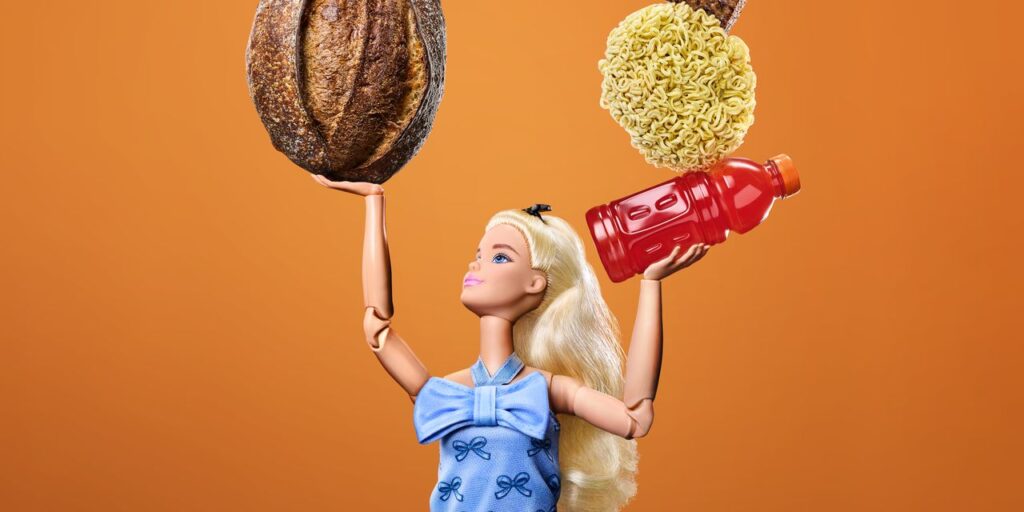In the realm of synthetic stuff, yes, we could use a more comprehensive government-regulated review system for anything being sprayed on or added to food, Dr. MacKendrick says. (To be clear, that would require greater oversight from the FDA and the EPA—just the opposite of the Trump administration’s current deregulatory efforts.) The recent MAHA moves to ban certain dyes are “low-hanging fruit,” Marion Nestle, PhD, a molecular biologist and Paulette Goddard Professor of nutrition, food studies, and public health, emerita, at New York University, tells SELF. It’s far easier to lay the blame on singular ingredients than it is to address the bigger health problem—which is, again, how UPFs dominate our food supply.
To shrink their outsize influence, the government could put restrictions on corporate lobbying by the food industry and on how food makers can market their products, Dr. Knurick says. Regulation could also help disentangle nutrition research from Big Food funding, Dr. Zeide says. This way, we could better use that science to develop processed foods that are both healthy and cost-effective, not just addictively tasty.
Another idea the MAHA commission might want to consider? Government funding that makes UPFs costlier to produce and fresh food cheaper and easier. Both Dr. Knurick and Dr. Nestle say we could remove subsidies from corn and soybeans (which are the basis of most UPFs) and place them on fruits and vegetables instead. Federal grants can also pay for farms to provide fresh food to local schools and food banks—as in the Biden-era programs that the Trump administration recently slashed—and bolster programs that support farmers in switching to more environmentally friendly practices, like crop rotation and composting.
While we’re at it, we could also use government support to lessen the burden of homemaking that still falls mostly on women. Of course, plenty of women might find joy and meaning in cooking or even growing their own food, and that’s perfectly fine. The way MAHA props up this work as important, if not critical, for the health of families might even seem to empower the moms who embrace it. But don’t get it twisted: There can be no feminism in a movement that pushes women toward unpaid labor or removes their choice to work outside the home, ultimately making them reliant on someone else for money. That only disadvantages women, much in line with a string of Trump-era actions—like pulling funding for crucial family planning services and weighing “pronatalist” proposals to incentivize birth—that threaten women’s autonomy and health. Instead, we need things like national paid leave and subsidized childcare: a system that grants women freedom to be great mothers and whatever else they want to be.
So what can you do in the meantime to best feed yourself or your family? Find the balance of whole and processed foods that makes sense in your life. That could include growing a few things in a garden, if you have the resources and desire. Better yet, support a licensed farmer directly if you can. But no matter what, you shouldn’t feel guilty about getting the bulk of your fresh items from a grocery store—it’s arguably the safest option, not to mention usually the most practical and equitable in the context of modern society. Processed and ultraprocessed items are also functional necessities for many, and can spark joy. And again, some of them have positive nutritional value. As Dr. Levinovitz puts it: “We need to get away from binaries. It’s not good and evil, pure and impure.” We live in an imperfect world, and being honest about that, he says, requires us to “embrace complexity.”
Related:
Get more of SELF’s great service journalism delivered right to your inbox.
Photographer: Ian Loring Shiver
Prop Stylist: Kelsi Windmiller


